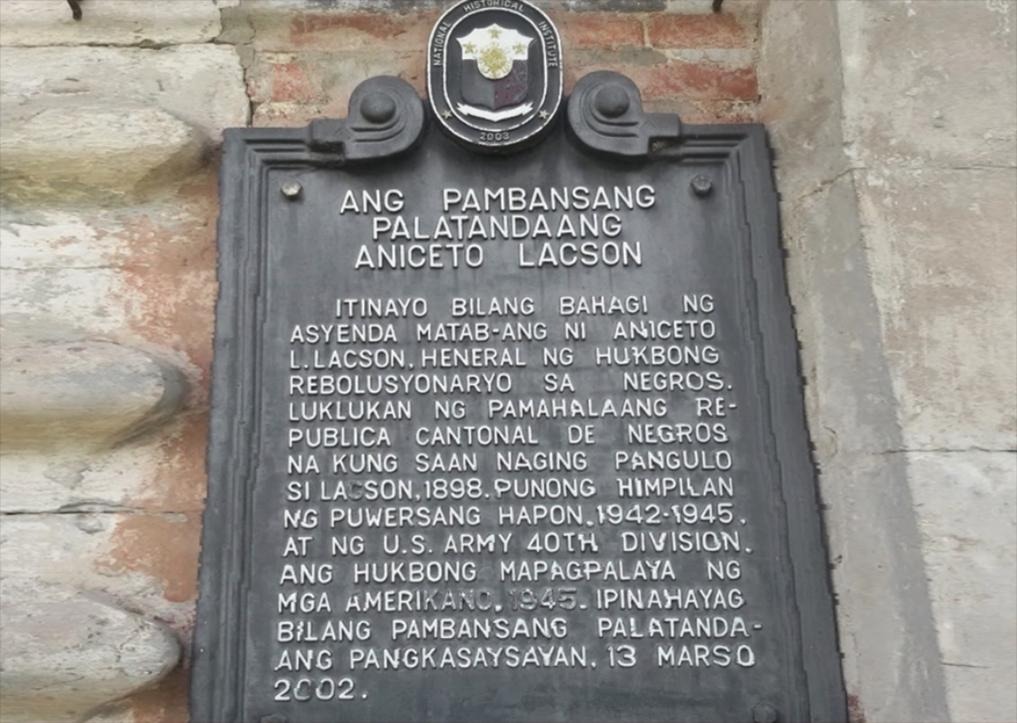CINCO DE NOVIEMBRE AND THE NEGROS REPUBLIC
5 November 1898
West Visayas

Liberating Bacolod
During the first phase of the revolution, only a handful of revolutionaries agreed with the plan to start hostilities. In fact, a number of Spanish loyalist volunteer battalions were organized in the prosperous haciendas of Western and Central Visayas. But as the promised reforms under the Pact of Biak-na-Bato fell into obscurity, more and more Visayans grew disillusioned with Spanish rule.
The backbone of the Negros Katipunan was made up of landowners, Aniceto Lacson, Juan Araneta, Rafael Ramos, and others. Soon, the movement crossed the seas inspired by the growing victories in other parts of the country. On 3 November 1898, the Negros Katipunan decided it was time to rise up for freedom. Throughout the next day, the columns began their final preparations with the gathering of supplies and intelligence and the cutting of telegraph lines to hamper Spanish communications.
D-Day arrived on 5 November or Cinco de Noviembre when the revolution erupted across central and northern Negros island. In Silay, one of the important northern towns, the Spanish surrendered without bloodshed after they were confronted by determined revolutionaries who were prepared to burn down the garrison.
Cunning Subterfuge
In Bacolod, Spanish governor Isidro de Castro organized the remaining Spanish forces in the city to defend against the coming revolutionary column. A skirmish between the two forces resulted in the Spanish retreating to the Convent. To prevent further bloodshed, the Filipino forces used a bit of subterfuge. They marched around the city limits with wooden rifles growing the handful of actual firearms in the possession as well as bamboo cannons to scare the remaining garrison.
The plan worked and after negotiations, the Spanish forces agreed to surrender to the revolutionaries along with their arms and the defenses of the city. In exchange, they were allowed to evacuate from Negros.
Republica de Negros
Following the liberation of Bacolod, the revolutionaries quickly organized and drafted a constitution that created the Negros Republic. The regional government recognized the suzerainty of the Malolos government but pushed for regional autonomy. It also organized an expedition to liberate the southern half of Negros and the City of Dumaguete. This came to fruition on 24 November 1898 when messengers delivered the news of Spanish evacuation from Dumaguete effectively leaving the whole island under Filipino rule.
